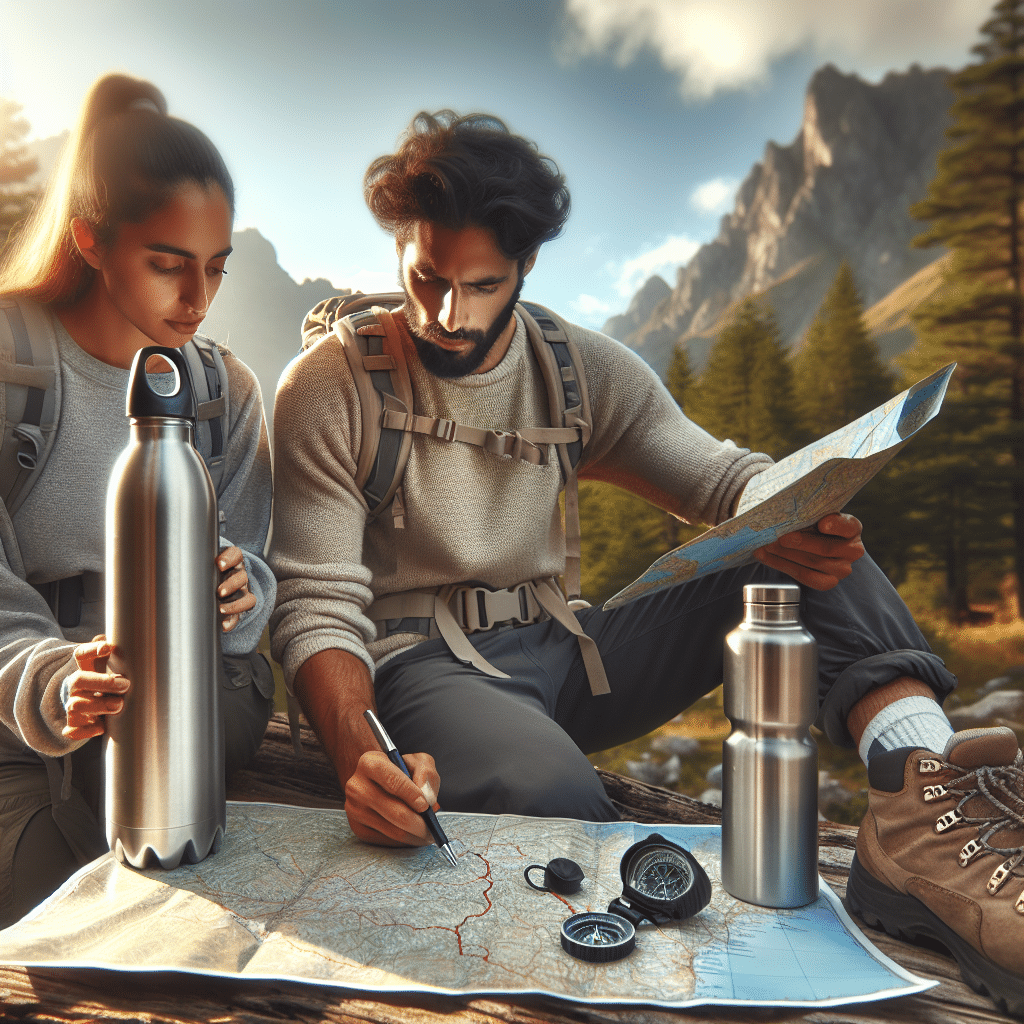Understanding Your Water Needs for Hiking
When planning a hike, gauging your water needs is essential for preventing dehydration and ensuring a safe and enjoyable experience. Several factors affect hydration requirements, including physical exertion, environmental conditions, and individual physiology. Below is a detailed breakdown of how to estimate your water needs for hiking.
Factors Affecting Water Needs
-
Hike Duration: Longer hikes naturally require more water intake. Generally, it is advisable to drink about 0.5 to 1 liter of water per hour during moderate exertion.
-
Intensity of Activity: The more strenuous the hike, the more water you will need. Vigorous activities make you sweat more, which significantly increases fluid loss.
-
Environmental Conditions: Temperature and humidity levels affect how much you sweat. Warmer weather and high humidity increase sweat production, leading to higher water consumption needs.
-
Altitude: Hiking at higher elevations often leads to increased respiration rates and dehydration. At altitudes above 8,000 feet, the recommended water intake increases due to paradoxical fluid loss.
-
Personal Physiology: Each hiker’s hydration needs differ based on body weight, age, sex, metabolic rate, sweat rates, and acclimatization to conditions.
Basic Hydration Guidelines
- General Rule: Aim for approximately 2 to 3 liters of water for a full day hike. However, personalize this recommendation based on your unique needs.
- Pre-hydration: Begin your hike well-hydrated. Drink water before you hit the trail, even if you’re not feeling thirsty. A good rule of thumb is to drink about 500 mL (17 ounces) two hours before starting.
Calculating Water Needs
- Baseline Calculation: Start with a baseline of 0.5 to 1 liter of water per hour of hiking.
- Adjust for Conditions:
- Add 0.5 liters for hot weather (above 85°F).
- Increase by another 0.5 liters if the hike is particularly strenuous.
- For high altitude, add 0.5 liters for every 24 hours over 8,000 feet.
- Consider Individual Needs: If you know you tend to sweat a lot, adjust your calculation upwards.
Example Calculation
For a moderate 5-hour hike at a temperature of 90°F, you can estimate:
- Base: 5 hours × 0.75 liters = 3.75 liters
- Heat Adjustment: +0.5 liter (for high heat)
- Total: Approximately 4.25 liters
Hydration Strategies
-
Hydration Packs vs. Bottles: Hydration packs provide easy access to water, allowing you to drink frequently without stopping. Water bottles are also effective but may require stopping to sip.
-
Schedule Water Breaks: Set timers on your smartwatch or device to remind you to take sips every 15-20 minutes.
-
Thirst Signals: Always listen to your body. If you feel thirsty, do not wait until you are completely parched to drink.
-
Electrolyte Balance: Alongside water, electrolyte drinks can be beneficial, especially in longer hikes. They help replenish lost sodium, potassium, and other vital minerals.
Hydration and Food Choices
-
Moisture Content in Food: Some foods can help with hydration. Foods like fruits (watermelon, oranges) and vegetables (cucumbers, lettuce) contain high water content that can supplement your hydration.
-
Salty Snacks: Salty snacks encourage thirst. Bring trail mix with nuts and seeds to help maintain electrolyte levels and hydration.
Avoiding Dehydration
-
Signs of Dehydration: Keep an eye out for early signs like dry mouth, fatigue, weakness, dizziness, or headaches.
-
Hyponatremia Risk: Over-hydrating can also be hazardous and lead to hyponatremia, where sodium levels become critically low, causing confusion, fatigue, and in severe cases, seizures. Maintain a balance.
Water Accessibility During Hikes
-
Know Your Route: Before your hike, research your trail to find out if there are reliable water sources available.
-
Water Filtration Systems: Portable filter systems or purification tablets can transform lakes, streams, or rivers into drinkable water sources. Ensure you know how to use these tools efficiently.
Planning and Adjustments
-
Trial Runs: On a prep hike, test your hydration strategy by tracking how much you drink and how your body responds.
-
Contingencies: When unsure, overestimate your needs slightly to ensure you have enough water. It’s better to carry a little extra than to face dehydration.
-
Stay Informed: Check weather conditions and adjust your predicted needs before heading out.
By understanding these hydration principles and calculating your personal water needs, you can enjoy a safe and comfortable hiking experience, keeping the dangers of dehydration at bay while exploring the great outdoors. Always prepare in advance, and remember hydration is a continuous process—stay refreshed and revitalized throughout your adventure!
